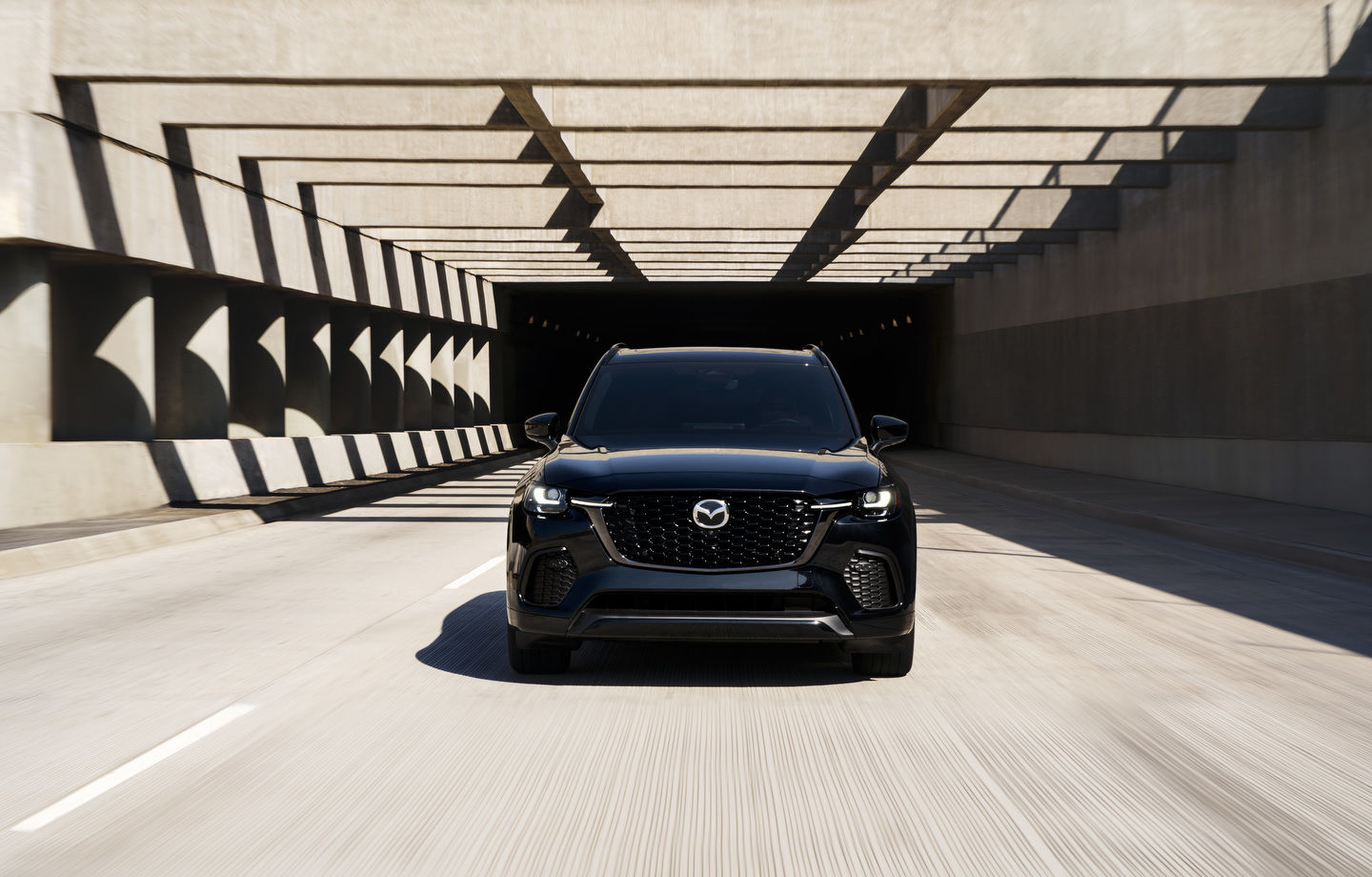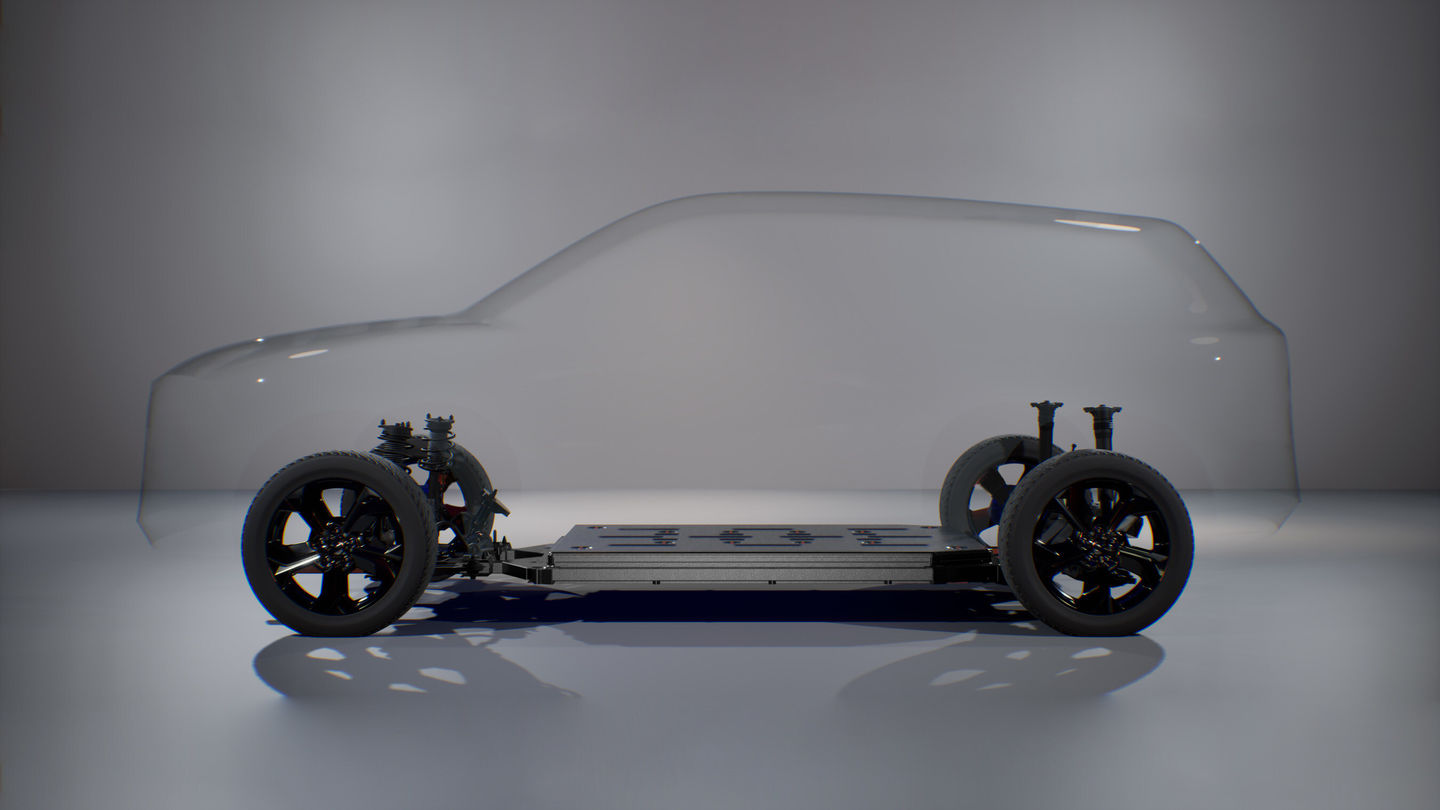Electrified Excitement: Exploring the Mazda CX-70's Hybrid and PHEV Powertrains
August 23 2024,

The Mazda CX-70 marks an ambitious step in Mazda's line-up, addressing the growing demand for eco-friendly SUVs in Canada. As environmental consciousness rises, Canadians increasingly seek vehicles that reduce emissions without sacrificing space. Enter the CX-70, a hybrid and plug-in hybrid electric vehicle that meets these needs with style and capability.
Overview of the Mazda CX-70
The Mazda CX-70 is proof of Mazda's pledge to mix sporty design with practical functionality. As Mazda's largest two-row crossover, it offers generous cargo space and a captivating interior, ensuring comfort for all occupants. Its design elements, like the unique Melting Copper Metallic colour, set it apart visually, while the technological advancements, including Alexa integration and driver support systems, enhance the driving experience.
Hybrid and PHEV options are particularly significant for consumers, who often navigate diverse driving conditions and require vehicles that can handle both urban environments and rural landscapes. The CX-70's electrified powertrains provide flexibility, allowing drivers to choose a model that best fits their lifestyle and driving habits.
Understanding Hybrid and PHEV Powertrains
Hybrid and PHEV powertrains differ both in mechanics and benefits. A hybrid vehicle combines a traditional internal combustion engine with an electric motor, optimizing fuel efficiency and reducing emissions. In contrast, a PHEV features a larger battery that can be charged externally, enabling the vehicle to travel a significant distance on electric power alone.
The Mazda CX-70 offers both of these powertrains, catering to varying driving needs across Canada. The hybrid model uses the e-Skyactiv G 3.3L Inline 6 Turbo engine with a 48-volt M-Hybrid Boost, providing a balance of power and efficiency. The PHEV model, on the other hand, pairs an electric motor with a 2.5-litre four-cylinder engine, delivering a combined 323 horsepower. This setup allows for a pure electric range of up to 42 kilometres, ideal for short commutes or city driving.
Performance and Efficiency
Performance metrics of the CX-70 highlight its capability. The hybrid model produces 280 horsepower and 332 lb-ft of torque, with an estimated fuel efficiency of 9.3 L/100 km combined. For those prioritizing electric driving, the PHEV option offers an energy consumption rate as low as 4.2 Le/100km, showcasing its cost-effectiveness.
Adaptability is key for Canadian drivers facing varied road conditions. The standard all-wheel drive and Mazda Intelligent Drive Select modes, including Sport and Off-Road, ensure the CX-70 can handle everything from snowy highways to gravel roads, providing confidence and control.
Practical Benefits
Hybrid and PHEV vehicles offer numerous advantages for Canadian drivers, such as reduced emissions and potential savings on fuel. The CX-70's PHEV model, in particular, allows drivers to decrease their reliance on gasoline, which can lead to significant long-term savings.
Charging infrastructure in Canada is expanding, making PHEVs more convenient. The ability to charge at home or at an increasing number of public stations supports the practicality of owning a PHEV like the CX-70. Additionally, Canadian government incentives and rebates for eco-friendly vehicles make the CX-70 an attractive option for those looking to reduce their environmental footprint while benefiting financially.
Conclusion
The Mazda CX-70's hybrid and PHEV powertrains represent a thoughtful blend of performance, efficiency, and practicality. Its ability to adapt to the diverse driving conditions found across Canada, combined with the benefits of reduced emissions and potential fuel savings, make it an easy choice for eco-conscious buyers. As you consider your next vehicle purchase, the CX-70 offers a promising option for those eager to embrace an electrified future.






